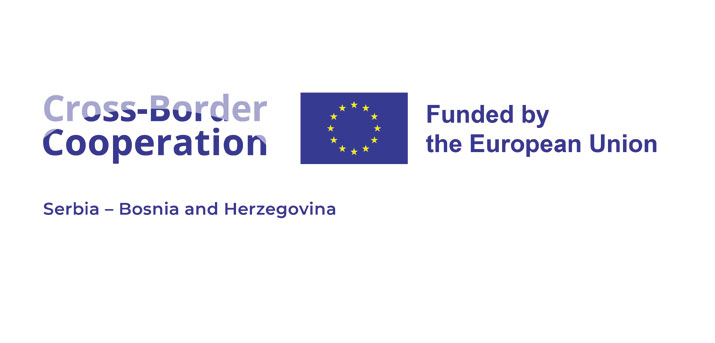The mapping and the research of the capacities and attitudes of representatives of the creative sector in 11 cities and municipalities in Serbia and Bosnia and Herzegovina, marked the beginning of cooperation project E761 Convergence, implemented by Academica/Centre for Creative Economy Research from Belgrade, OIA from Sarajevo and Forca from Pozega.
The project E761 Convergence aims to stimulate local creative and economic development by promoting the concept of creative industries in 11 cities and municipalities – Bijeljina, Tuzla, Foca, Gorazde and Srebrenica in Bosnia and Herzegovina, and Uzice, Pozega, Valjevo, Loznica, Sabac and Prijepolje in Serbia. Since the potential of the creative industries and its contribution to the local development has not yet been recognized, the project E761 Convergence aims to map the key stakeholders in these cities and municipalities, to sensitize and motivate them to get involved in the project activities, as well as to strengthen the capacity of the youth in local communities and to promote cross-border cooperation, exchanging the ideas, knowledge and the examples of good practice.
From July 1st until September 15th 2013, Academica/Centre for Creative Economy Research conducted the extensive research on capacities, attitudes and needs of the creative sector representatives, in order to highlight the development opportunities in above-mentioned cities and municipalities in Serbia. 465 stakeholders from three sectors have been identified, and for research purposes only, 240 stakeholders were mapped in details (this data can be found in online directory). 22 successful case studies have been recognized as applicable in the other parts of Serbia and the region, and they can be used as learning models as well.
As a result of conducted field and desk research, key stakeholders in the creative sector have been successfully identified, and by using the questionnaire, the needs, attitudes and the capacities of the mapped stakeholders have been selected and identified. The analyzes of the public, policy documents related to the development of the creative sector on a local level have been published, as well as a preliminary report about the basic profile of the stakeholders in these cities, their market position, opportunities and obstacles to their development and spotted opportunities for intersectoral cooperation.
Milena Milojevic-Aleksandar Djeric





